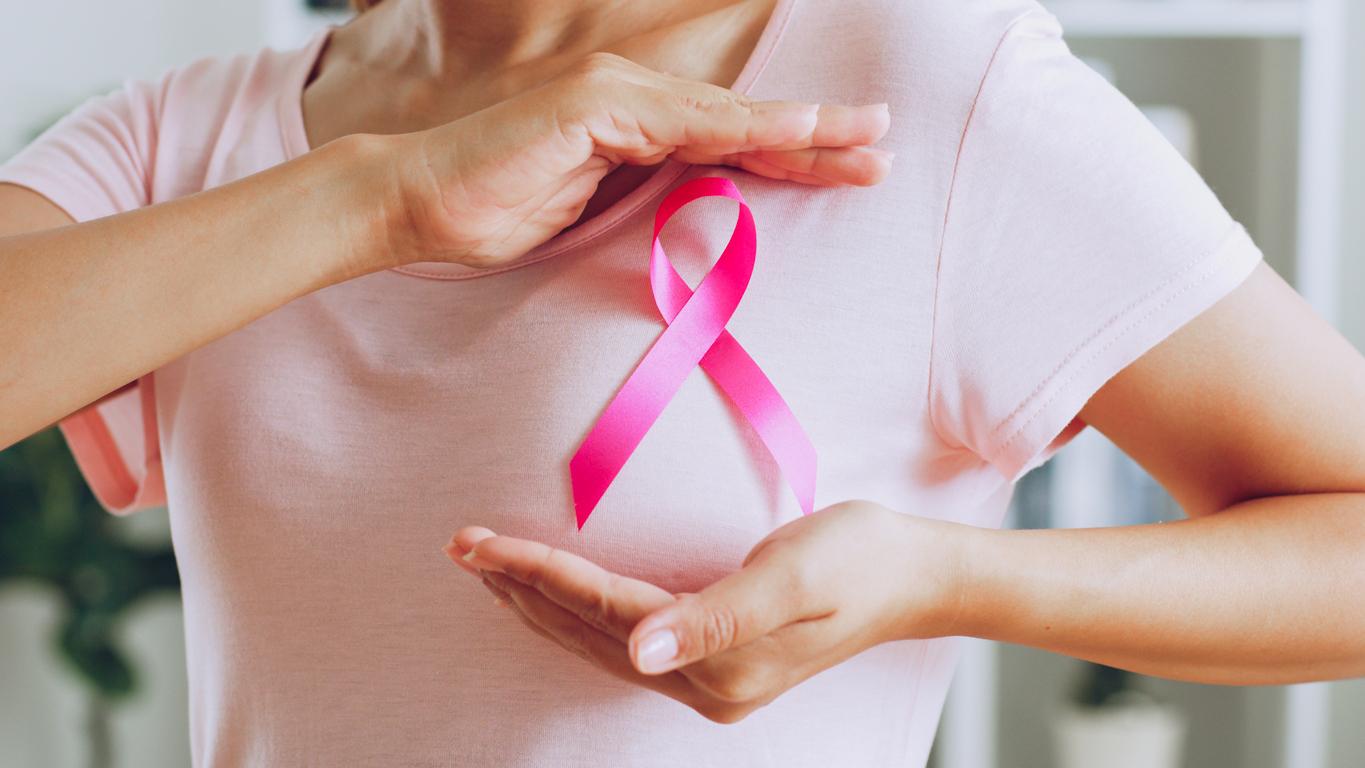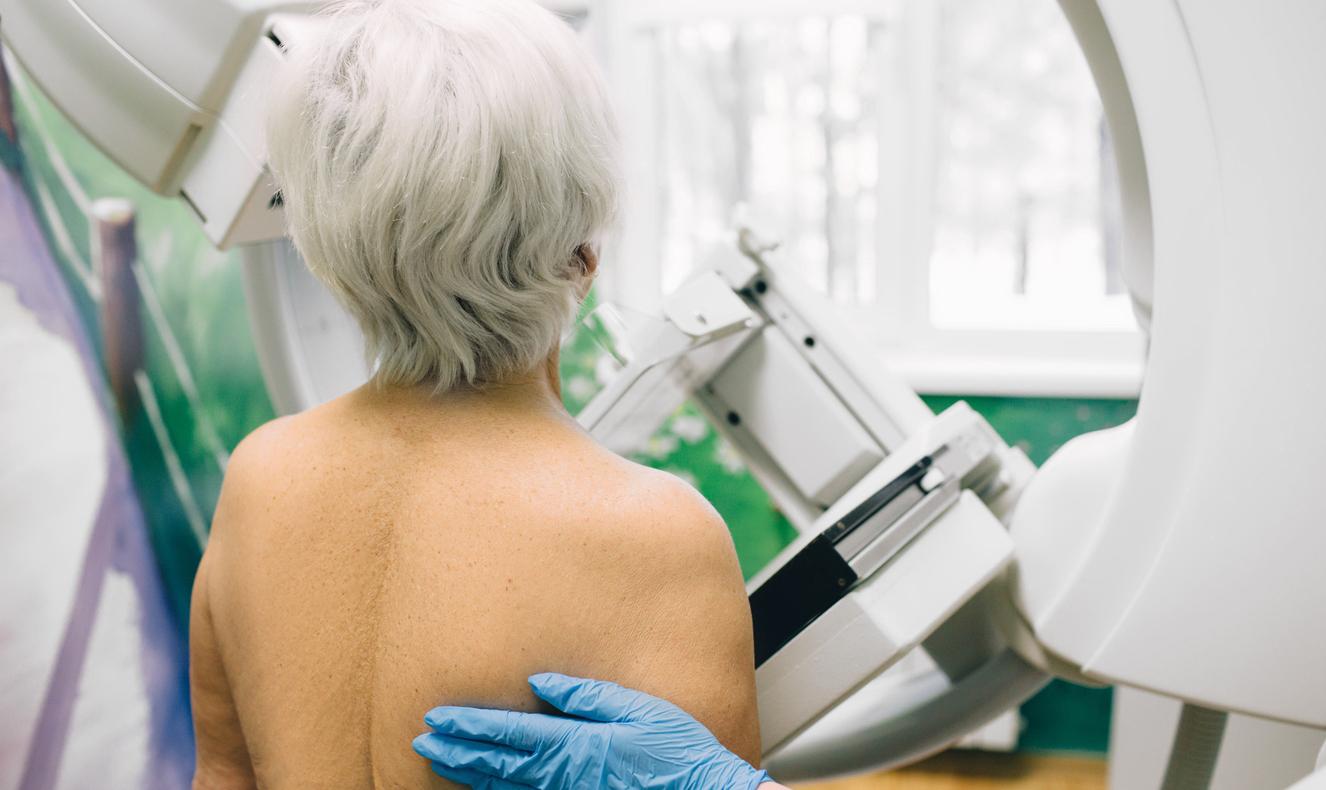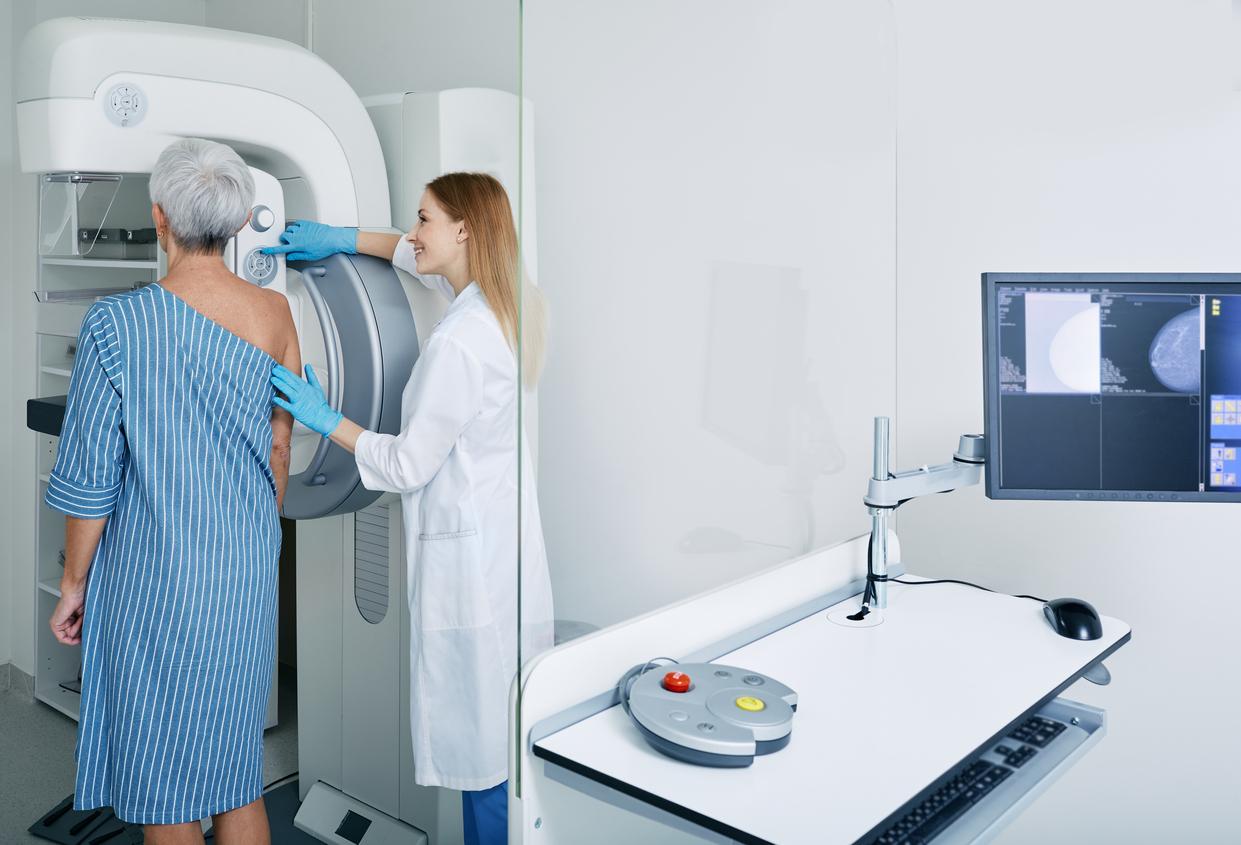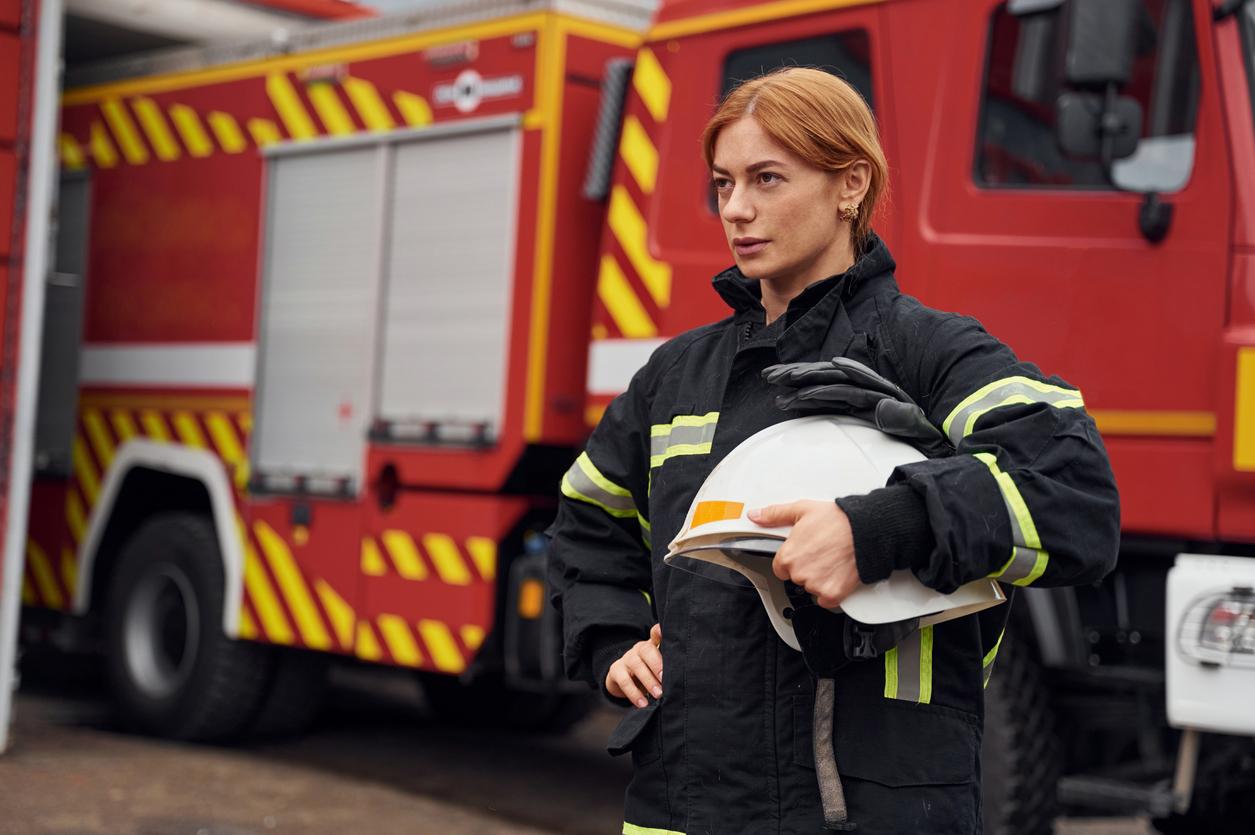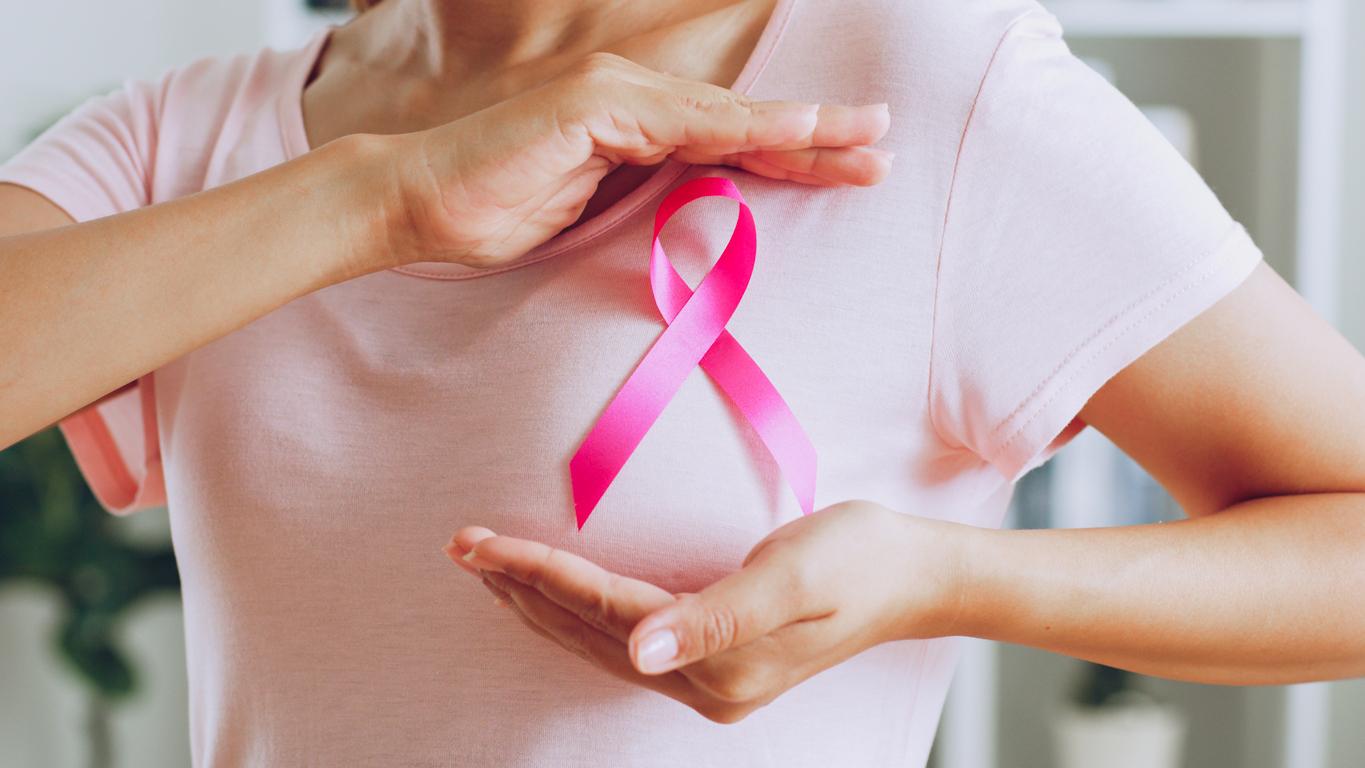Retracted nipple, scars… An international group of experts suggests that the Renaissance painter depicted the signs of breast cancer in a fresco adorning the famous ceiling of the Sistine Chapel.
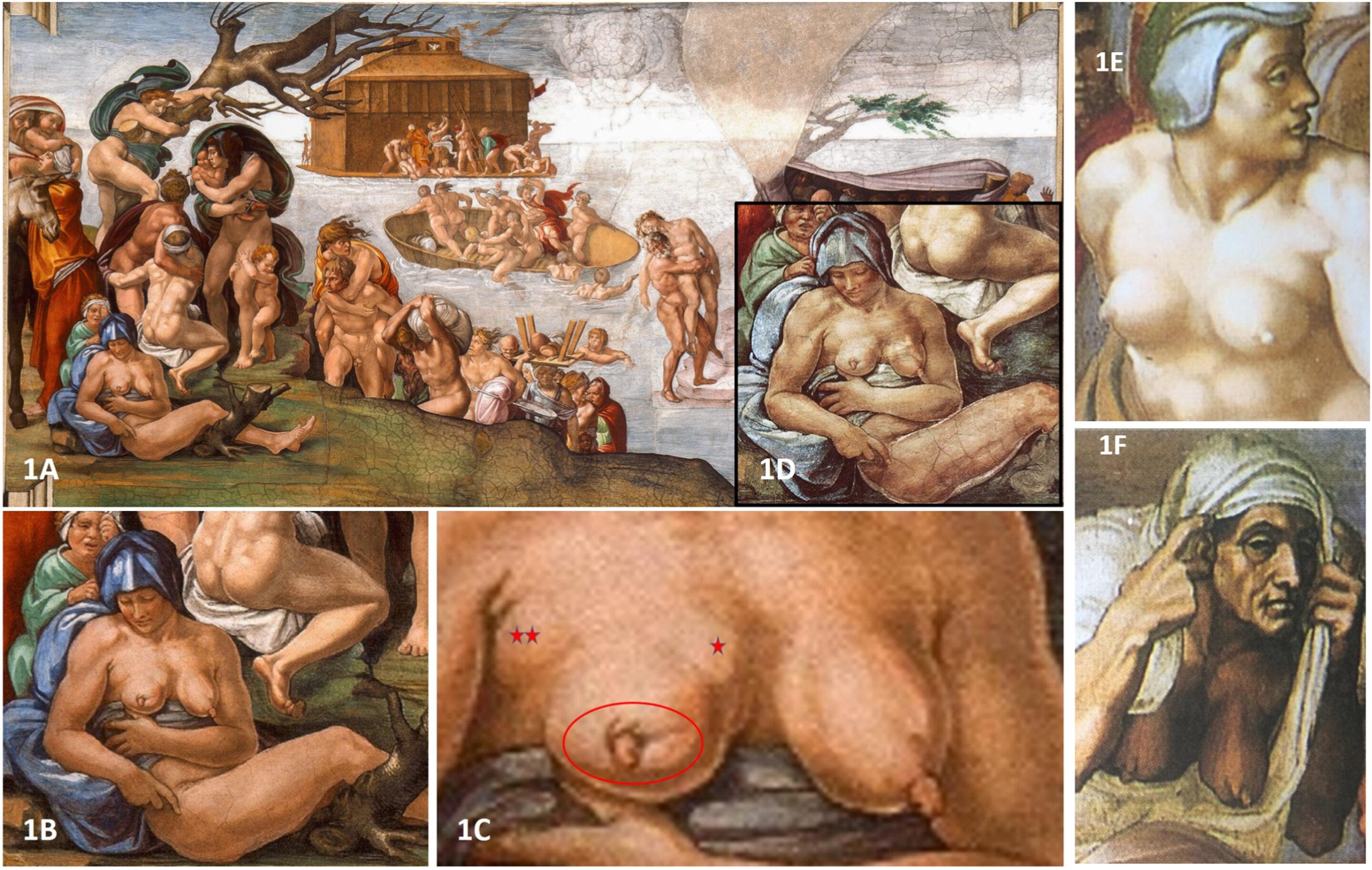
- A team of specialists suggests that Michelangelo depicted a woman with breast cancer in his fresco The Flood in the Sistine Chapel.
- The experts, using an iconodiagnosis technique, observed signs compatible with a malignant tumor in the character’s right breast. This anomaly, different from Michelangelo’s healthy female representations, could be voluntary.
- Some even think that this figure could symbolize the artist’s own mother, who died young, thus making the work even more personal.
A real hidden medical testimony or a simple symbolic interpretation? In a new study led by pathologist Andreas G. Nerlich of the Ludwig-Maximilians University of Munich (Germany), international experts suggest that the painter Michelangelo represented the signs of breast cancer in his famous fresco The Floodwhich adorns the ceiling of the Sistine Chapel in the Vatican.
Iconodiagnosis: when art meets medicine
The Floodthe first scene created by the artist for the Sistine Chapel in 1508, represents an almost naked young woman, wearing a blue scarf, symbol of her marital status, with a child crying behind her back. The specialists’ study, published in the journal The Breastfocused on meticulously analyzing her right breast, which showed abnormal features: a retracted nipple, sunken skin, and scar-like marks. “These signs, which seem to indicate the presence of tumors or swollen lymph nodes, are elements compatible with a diagnosis of breast cancer”can we read in a press release.
To arrive at this hypothesis, the team used iconodiagnosis, a method that aims to identify diseases visible in art through medical and historical analyses. This approach requires varied expertise, combining medicine, art history and biology, to confirm that the observed features are not due to subsequent restorations or alterations. Among the diseases considered, tuberculous mastitis (an infection of the breast tissue) and other infections common in the Renaissance era were ruled out, leaving a malignant breast tumor as the main hypothesis.

An artistic intention or a simple coincidence?
Michelangelo, who attended autopsies from the age of 17, was well-versed in human anatomy and could have faithfully depicted real-life pathology. What is more intriguing is the comparison with other works of the master: in the fresco The Last Judgment or even in sculptures Dawn And Night of the Medici Chapel, women are represented with healthy and symmetrical shapes. This reinforces the idea that the deformation observed in The Flood could indeed be “the intentional representation of an illness”, say the researchers.
Beyond medical analysis, certain details open the door to a more intimate interpretation. While Michelangelo lost his mother when he was only five years old, the young child behind the woman in The Flood could it represent the painter himself, mourning a sick mother? Some specialists evoke this hypothesis, supported by the resemblance in age and the narrative elements: the child is holding an object similar to a scalpel, perhaps echoing the anatomical knowledge that Michelangelo would acquire.







